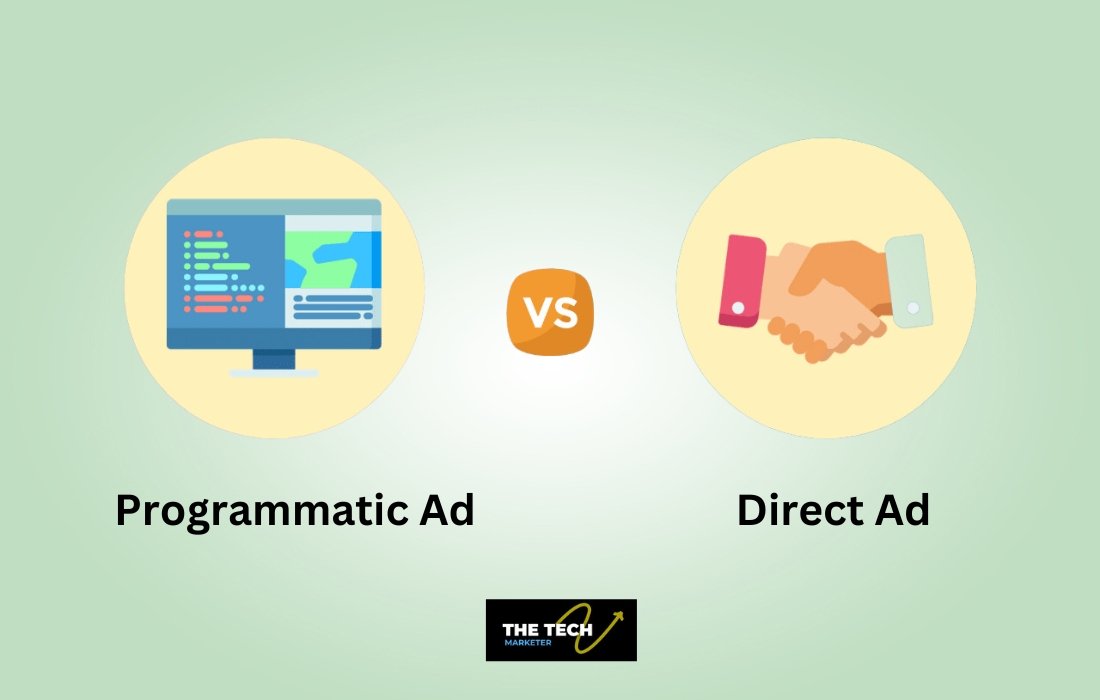Direct vs. Programmatic Ads
In today’s dynamic digital advertising landscape, navigating the plethora of options can be daunting. Two prominent strategies – direct advertising and programmatic advertising – offer distinct advantages and cater to different campaign goals. Understanding these differences is crucial for maximizing advertising effectiveness and achieving your desired return on investment (ROI).
Direct Advertising: Building Relationships, Securing Premium Space
Direct advertising involves a more traditional approach where advertisers negotiate ad placements directly with publishers. This typically involves:
- Reaching Out to Publishers: Marketers contact specific websites, apps, or other media outlets to discuss ad placement opportunities.
- Negotiating Rates and Positions: Negotiations determine the cost, duration, and specific location of the ad on the publisher’s platform.
- Building Relationships: Direct deals often foster long-term partnerships, leading to valuable insights and potential bulk discounts.
Benefits of Direct Advertising:
- Premium Inventory: Direct buys often secure high-traffic, high-visibility ad placements on reputable websites.
- Brand Alignment: Advertisers have greater control over the context in which their ads appear, ensuring brand alignment.
- Customization: There’s more flexibility in tailoring ad formats and messages to the specific audience of the chosen platform.
- Direct Relationships: Building rapport with publishers can yield valuable data and insights into campaign performance.
Drawbacks of Direct Advertising:
- Time-Consuming: Negotiating direct deals can be time-consuming, especially when managing multiple campaigns.
- Limited Reach: Direct buys might not be feasible for smaller budgets or campaigns targeting a broader audience.
- Less Data-Driven: Direct deals might rely less on real-time data compared to programmatic approaches.
Programmatic Advertising: Automation, Efficiency, and Scalability
Programmatic advertising leverages automated technologies to buy and sell ad inventory in real-time. This dynamic approach involves:
- Demand-Side Platforms (DSPs): Advertisers use platforms like Google Ads or The Trade Desk to set targeting parameters and bid on advertising impressions.
- Supply-Side Platforms (SSPs): Publishers use platforms to manage their ad inventory and connect with advertisers through DSPs.
- Real-Time Bidding (RTB): Advertisers compete in real-time auctions for ad impressions that match their targeting criteria.
Benefits of Programmatic Advertising:
- Efficiency and Automation: Programmatic buying streamlines the process, freeing up time for strategy and analysis.
- Scalability: Advertisers can reach a wider audience across various websites and apps through a single platform.
- Data-Driven Targeting: Programmatic platforms utilize vast amounts of data to target specific user demographics and interests.
- Cost-Effectiveness: Real-time bidding allows for more competitive pricing based on audience and context.
Drawbacks of Programmatic Advertising:
- Lack of Control: Advertisers relinquish some control over ad placement when using programmatic platforms.
- Brand Safety Concerns: Advertisers need to be vigilant about accidental placements on irrelevant or inappropriate websites.
- Data Transparency: Understanding the complex data used by programmatic platforms requires some technical knowledge.
- Fraudulent Activity: Programmatic advertising can be susceptible to fraudulent bots and click-throughs.
Choosing Between Direct and Programmatic Advertising: A Strategic Decision
The optimal choice between direct and programmatic advertising depends on your specific marketing goals and campaign needs. Consider these factors:
- Campaign Budget: Direct buys are costlier upfront, while programmatic campaigns offer flexibility in budget allocation.
- Target Audience: For laser-focused targeting, programmatic options excel. Direct buys might be ideal for brand awareness on premium websites.
- Campaign Duration: Direct deals are suited for long-term brand-building initiatives, while programmatic campaigns offer flexibility for shorter bursts.
- Level of Control: Direct buys offer more control over ad placement, while programmatic advertising provides broader reach and real-time optimization.
In Conclusion
Understanding the strengths and weaknesses of direct and programmatic advertising empowers you to make informed decisions for your marketing campaigns. By considering your target audience, budget, and strategic goals, you can choose the best approach or a strategic blend of both to maximize ROI and achieve your advertising objectives.pen_spark




